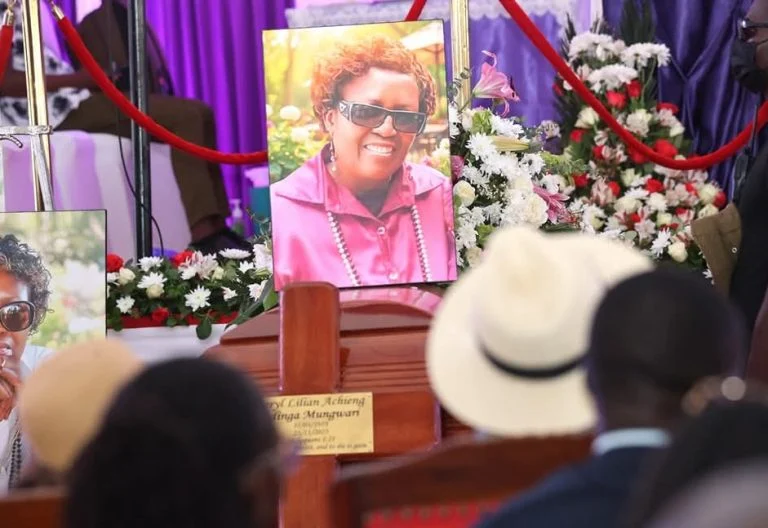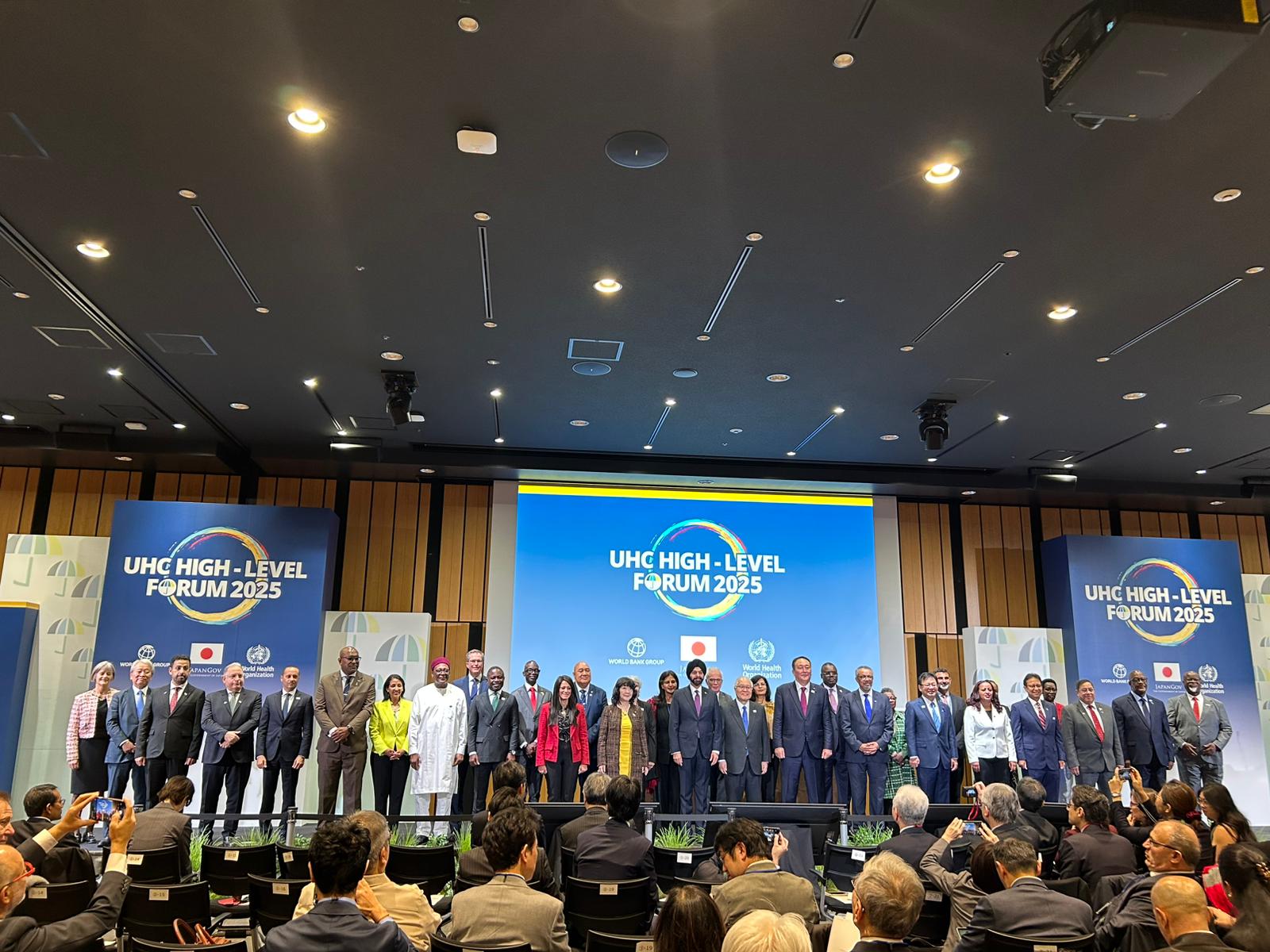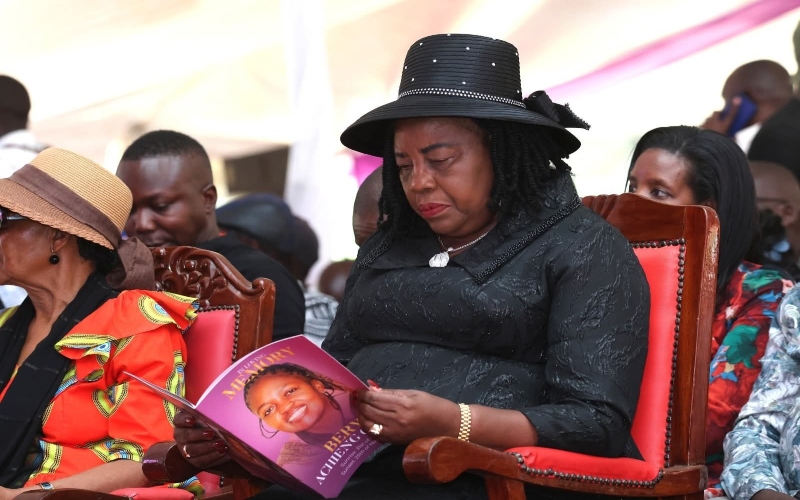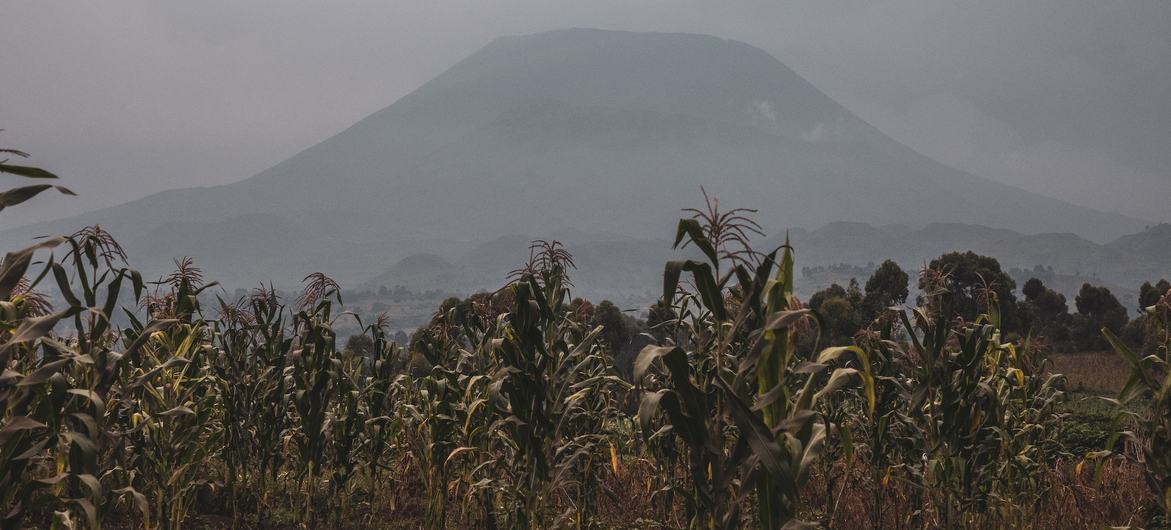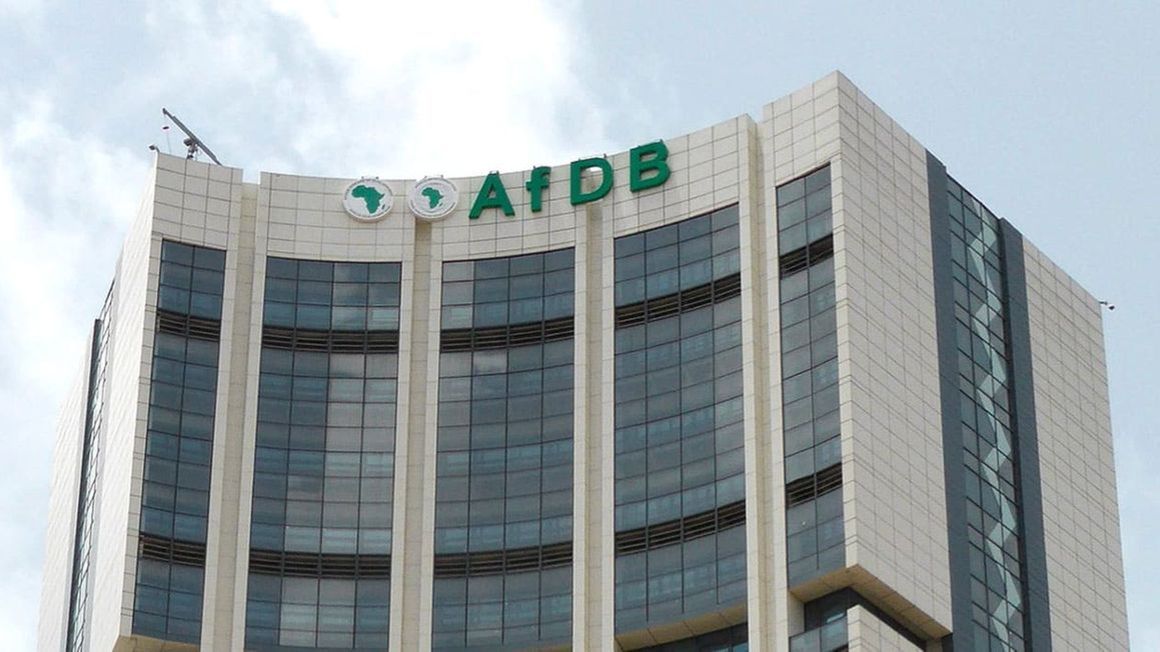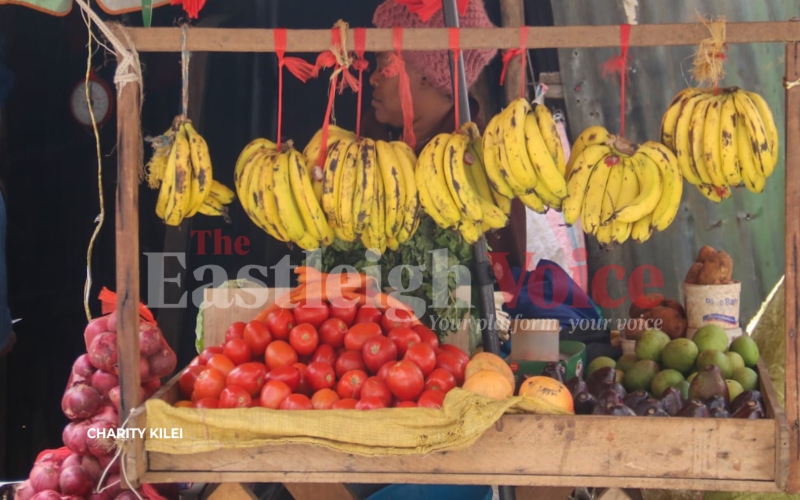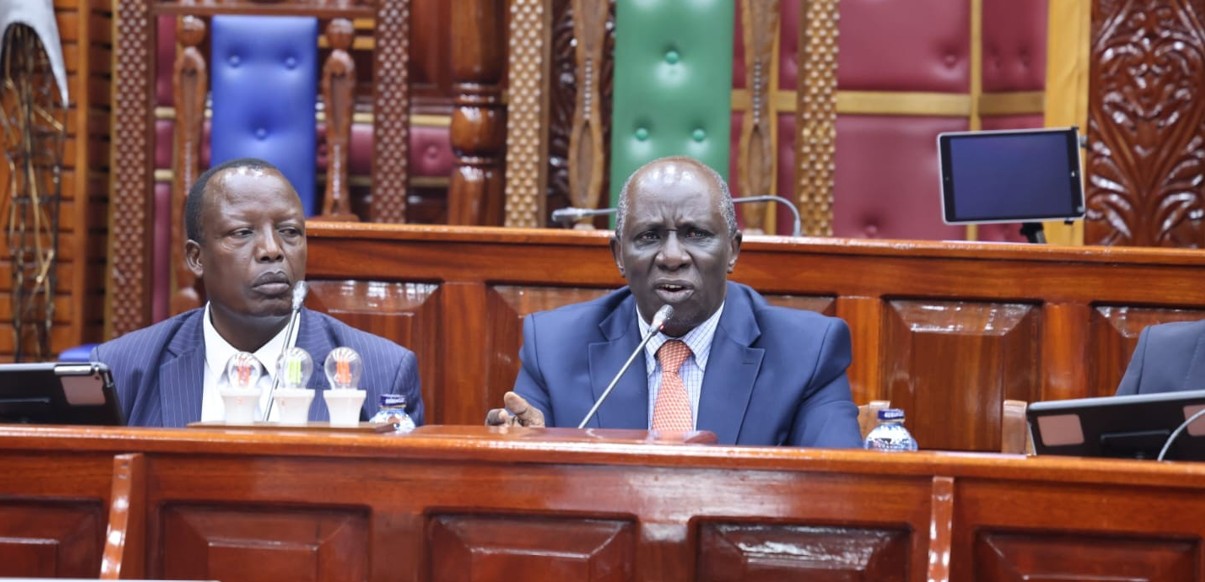City residents seek Sakaja’s attention over shrinking parking spaces amid fears of land grabbing
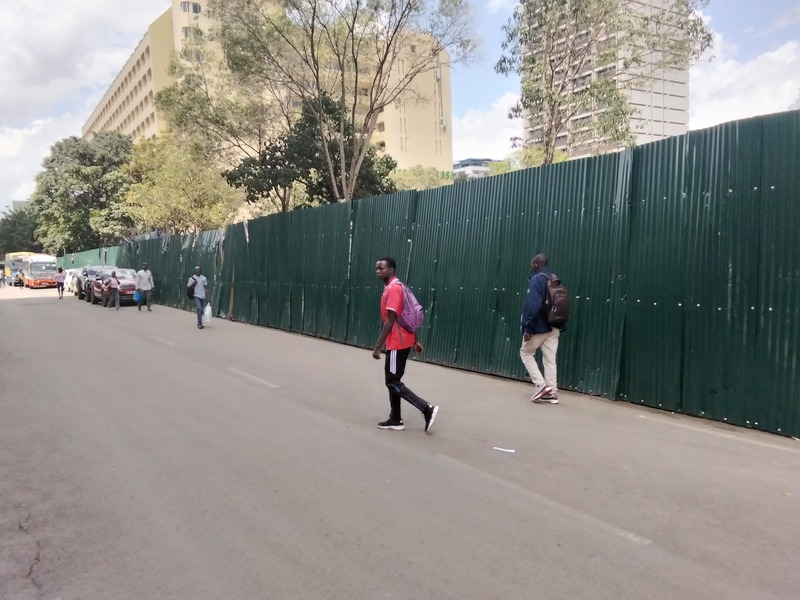
A spot check by the Eastleigh Voice in the CBD on Thursday morning revealed the ongoing struggle for parking. Many motorists were seen circling blocks multiple times, eventually resorting to parking far from their intended destinations.
Fears are mounting among Nairobi residents over the continued shrinking of public spaces in the city, particularly parking areas and pedestrian walkways.
City dwellers who spoke to the Eastleigh Voice expressed concern that, if left unchecked, the issue of land grabbing could spiral out of control. They are now urging Governor Johnson Sakaja to take firm action against land grabbers and to implement a modern urban planning strategy.
More To Read
- City Hall opens six-month window to regularise non-compliant properties
- Nairobi County dismisses claims of parking fee hike amid confusion over new tariff policy
- Governor Sakaja unveils six-borough structure to enhance service delivery
- City Hall moves to recognise urban farmers in policy review
- Illegally grabbed Mombasa land to host affordable housing units after EACC recovery
- How Riruta’s upgrade to Level IV hospital is transforming healthcare across Dagoreti
George Mwaniki, of the Nairobi Central Business Taxi Association, said the city is currently experiencing a severe shortage of parking, particularly within the Central Business District (CBD).
He noted that the problem is worsened by the conversion of existing parking spaces into walkways and the illegal acquisition of public parking bays by private developers.
“We are aware that the county government is actively working to reclaim these spaces, but it is important to note that demand for parking far exceeds supply, leading to illegal and double parking, which further fuels traffic congestion,” Mwaniki said.
Nairobi currently has less than one square metre of green space per person. Although the misappropriation of public land has declined since the government established the Ndung’u Commission to investigate illegal allocations, the city continues to grapple with significant land misuse.
A spot check by the Eastleigh Voice in the CBD on Thursday morning revealed the ongoing struggle for parking. Many motorists were seen circling blocks multiple times, eventually resorting to parking far from their intended destinations.
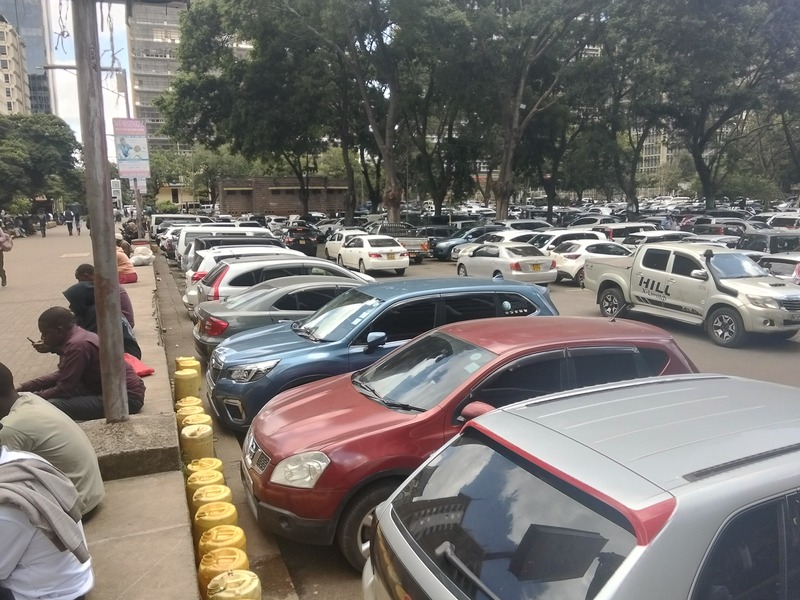 Vehicles parked at the sunken car park at Agha Khan Walk in the Central Business District of Nairobi. (Photo: Barack Oduor)
Vehicles parked at the sunken car park at Agha Khan Walk in the Central Business District of Nairobi. (Photo: Barack Oduor)
Several public spaces along various streets and avenues have been fenced off, with no signage to indicate the purpose or reason for denying access to the public.
Mwaniki and his colleagues believe that the county could significantly boost its revenue from parking if it addressed the issue of grabbed spaces.
“The county stands to gain immensely if it goes after land grabbers and reclaims the encroached spaces. It is becoming increasingly untenable to drive a personal car into the city, especially on weekdays, because of the parking crisis,” Mwaniki added.
Odhiambo Ojiro, a human rights activist with the Vocal Africa Organisation, claimed that many land grabbers are politically connected, making it difficult to recover the spaces or hold culprits accountable.
“The issue of shrinking public spaces is worsened by politically connected individuals who abuse their power to grab land. This makes it nearly impossible to prosecute them or return the land to public use,” Ojiro said.
Governor Sakaja has previously issued strong warnings to land grabbers. Last year, he announced that the county had reclaimed over 700 parcels of land, with more targeted for recovery.
“We want to put land grabbers on notice. What belongs to the people of Nairobi shall remain for the people of Nairobi. We have land records and a paper trail dating back to 1901, when Nairobi was established as a council. We will catch up with you,” said Sakaja.
Among the reclaimed properties is Mutuini Market, where a new market and bus terminal are under construction.
In 2022, UN-Habitat Kenya released the Nairobi City County Public Space Inventory and Assessment Report, documenting the gradual disappearance of public spaces since the pre-colonial period.
“Nairobi County currently has over 826 public spaces. The 3,000 hectares include 99 playgrounds, 51 sports fields, 15 parks and 19 gardens. Combined, Ngong and Karura forests span 1,930 hectares, representing over 60 per cent of Nairobi’s public space,” an excerpt from the report reads.
According to the report, Nairobi’s original master plan, drawn up in 1948, envisioned the city as a green capital—affectionately dubbed the ‘green city in the sun’—with wide boulevards, roundabouts, and expansive parklands and forest reserves.
Public spaces featured prominently in the master plan, accounting for 29.25 per cent of the total land within the planning boundary.
The plan stipulated that, wherever possible, each neighbourhood unit should have a central open space. These were intended partly for recreation and partly as reserves for public or semi-public facilities such as nursery or junior schools, clinics, libraries, and community clubs.
Historical records show that, even in the years before 1927, Nairobi’s urban development was driven primarily by market forces, with land subdivision guided more by profit motives than public interest.
Top Stories Today


